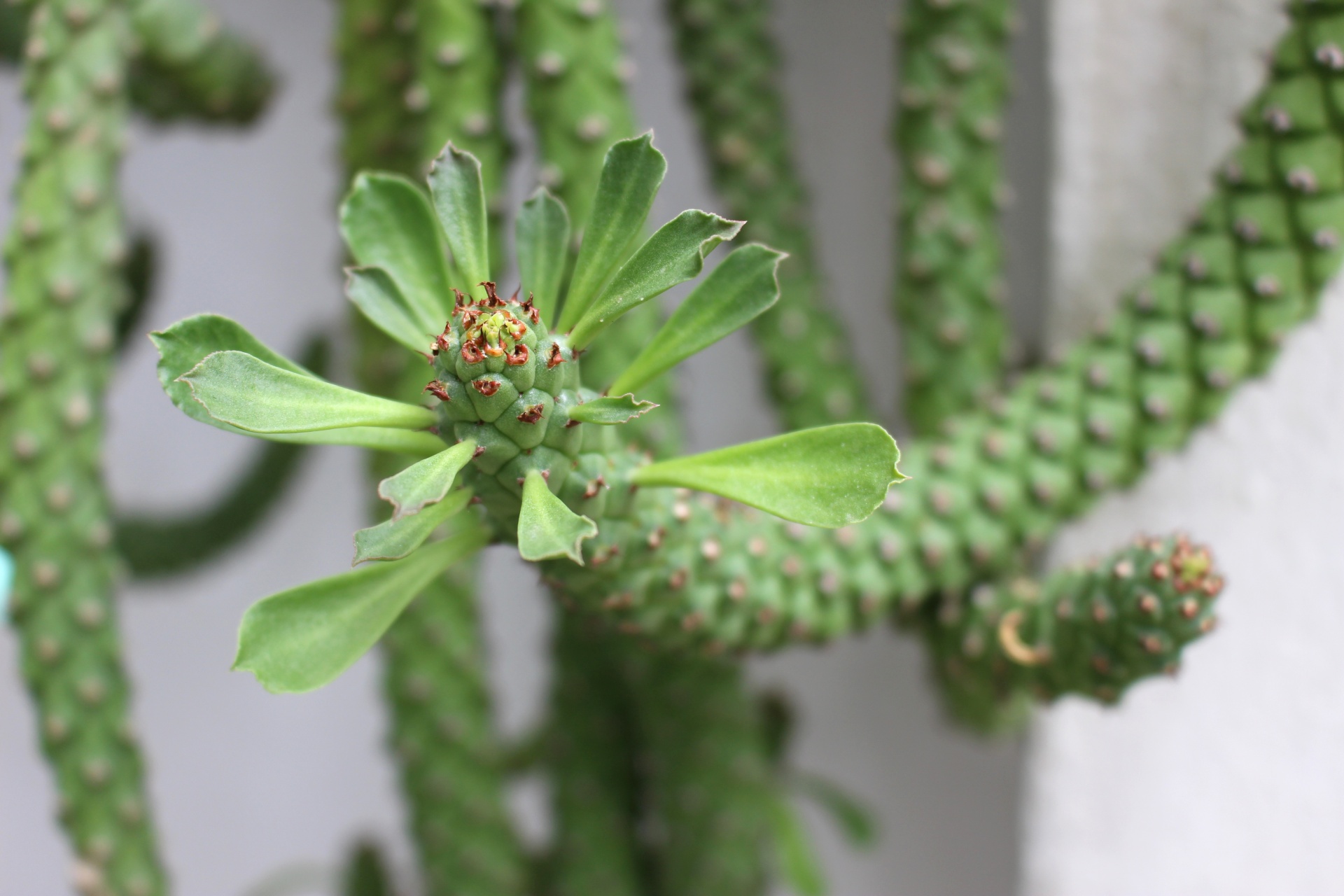
Rubber Plant Propagation: A Step-by-Step Guide
If you’re a plant enthusiast, propagating your rubber plant can be a rewarding and cost-effective way to expand your collection. Rubber plants (Ficus elastica) are popular for their glossy leaves and low-maintenance nature. In this step-by-step guide, we will walk you through the process of propagating rubber plants successfully.
1. Gathering the necessary supplies
Before getting started, gather the following supplies:
- A healthy rubber plant with a strong stem
- Clean gardening shears or a sharp knife
- Rooting hormone (optional)
- A pot with well-draining soil
- A plastic bag or a propagation container
2. Choosing the propagation method
There are two common methods for propagating rubber plants:
- Stem Cutting Propagation: This method involves taking a stem cutting from the parent plant and encouraging it to develop roots. It is the most common and reliable way to propagate rubber plants.
- Air Layering Propagation: This method involves creating a root system on a branch while it is still attached to the parent plant. It can be a bit more complex but may be suitable for larger rubber plants.
For the sake of simplicity, we will focus on stem cutting propagation in this guide.
3. Preparing the stem cutting
Follow these steps to prepare the perfect stem cutting:
- Choose a healthy stem from the parent rubber plant. It should be at least 6 inches long and have 2-3 leaf nodes.
- Using clean shears or a sharp knife, make a clean cut just below a leaf node. Ensure that the cut is straight and not jagged.
- If desired, dip the cut end of the stem into rooting hormone to promote root development. While not necessary, it can increase your chances of successful propagation.
4. Planting the stem cutting
With your stem cutting ready, it’s time to plant it:
- Fill a pot with well-draining soil. Perlite or a mixture of peat moss and perlite works well.
- Create a small hole in the soil using your finger or a pencil.
- Place the cut end of the stem cutting into the hole and gently press the soil around it. Ensure that at least one leaf node is covered with soil to encourage root development.
- Water the cutting thoroughly, ensuring that the soil is evenly moist but not waterlogged.
5. Providing the right conditions
To help your rubber plant cutting thrive, provide it with the following conditions:
- Light: Place the cutting in bright, indirect light. Avoid direct sunlight, as it can scorch the delicate leaves.
- Temperature: Maintain a temperature between 65-85°F (18-29°C) for optimal growth.
- Humidity: Rubber plants prefer higher humidity levels. Consider using a humidifier or placing the pot on a tray filled with water and pebbles to increase humidity.
- Watering: Keep the soil consistently moist but not soggy. Avoid overwatering to prevent root rot.
6. Caring for the new plant
After planting the cutting, be patient and provide regular care:
- Watering: Check the soil moisture regularly and water as needed to keep it evenly moist.
- Fertilization: Once the new plant has established roots (around 6-8 weeks), start feeding it with a balanced houseplant fertilizer according to the package instructions.
- Transplanting: Once the new plant has outgrown its pot, transplant it into a larger container with well-draining soil.
Conclusion
By following these steps, you can successfully propagate your rubber plant through stem cutting propagation. Remember to be patient and provide the necessary care for your new plant. In no time, you’ll have a thriving rubber plant to enjoy or share with fellow plant lovers. Happy propagating!
Keep Reading

Propagating Pothos: A Step-by-Step Guide to Easy Plant Propagation
Pothos, with its beautiful cascading vines, is a beloved houseplant that adds a touch of greenery to any space. One of the best things about pothos is how easy it is to propagate.

Snake Plant Propagation: A Step-by-Step Guide for Green Thumbs
Snake plants, or Sansevieria, are popular and easy-to-care-for houseplants. If you want to expand your collection without breaking the bank, snake plant propagation is the way to go.